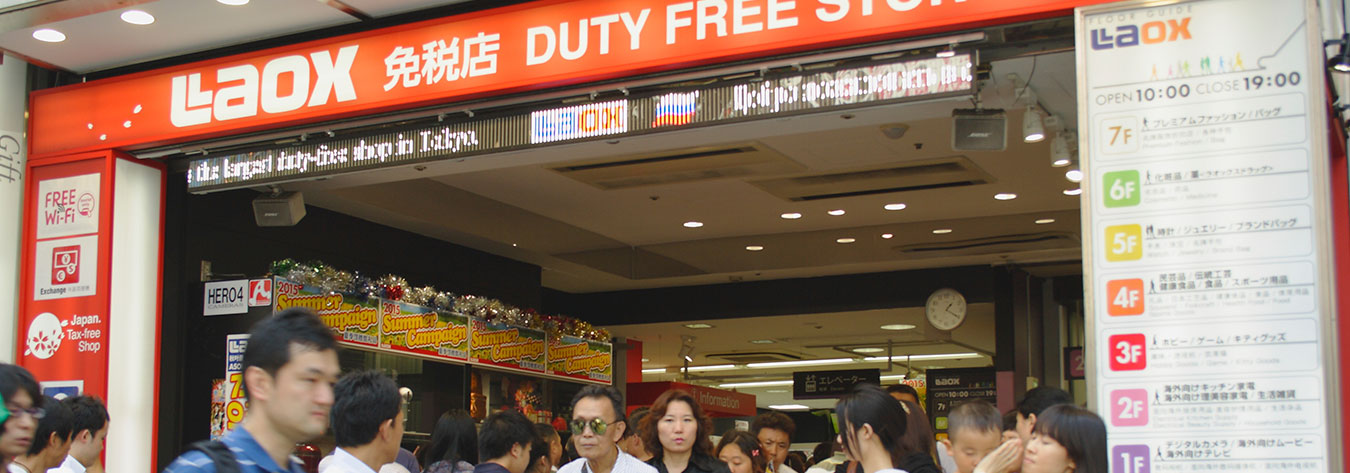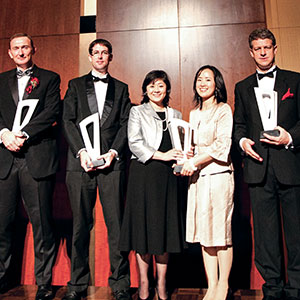On a recent brief visit to Kyoto, it proved almost impossible to find a hotel room. Though we started calling a week before our intended stay, hotel after hotel reported they did not have even a single room. It was not a holiday weekend and it was before the autumn colours, so it was something of a puzzle. Eventually we succeeded in finding a room.
On arrival in the ancient capital, we understood at once the issue; the entire place was seething with people, a great many of whom hailed from China. Chinese was being spoken everywhere around us. When we visited a number of temples, we saw large groups of Chinese tourists being escorted around.
Of course, this is very good news for the city and its hoteliers, restaurateurs and many temple vendors, because those tourists were all spending money.
According to the Japan Tourism Agency, of the ¥2.3trn spent by foreign visitors to Japan in 2014 (about 40% more than in 2013), visitors from China accounted for 27.5% of that spending, followed by those from Taiwan, who spent 17.5%.
This is clearly seen as encouraging; so much so, that Prime Minister Shinzo Abe recently announced the formation of an advisory panel charged with drawing up plans to further increase the number of foreign visitors. The current target is 20mn by 2020 but officials speaking on condition of anonymity have suggested that could be increased to 30mn.
Meanwhile, the latest figures released by the Japan National Tourism Organization (JNTO) show that foreign visitors in October marked a record high of 1.82mn people, up 43.8% from the same period a year ago. This means that arrivals this year, as at the end of October, reached a record 16.31mn, prompting some to suggest that the 20mn target could actually be reached within this year.
JNTO cited a number of factors in explaining the growth. Among them are an expansion of airline routes, a drop in fuel surcharges and the relaxation of visa regulations. The continued depreciation of the yen is surely also a factor.
Again, China features strongly in the tourism boom, with JNTO reporting that cruises from China numbered 46 in October, up from just 12 the same month last year. Equally, the number of flights connecting Chinese cities with Tokyo and Osaka also continues to increase.
This is a case of so far, so good. But how does Japan’s infrastructure handle these increases? Our recent experience in Kyoto suggests there is already significant pressure; indeed the government is stepping up efforts to encourage foreign tourists to visit less popular areas.
For the majority of foreign visitors coming to Japan, the main attractions are Tokyo, Kyoto and Osaka by way of Mt. Fuji: the so-called Golden Route. The result is considerable congestion in the hotels along this path.
The Japan Tourism Agency is therefore striving to promote other less well-known locations, including Hokkaido, Tohoku, Kyushu and areas around the Seto Inland Sea. This is both to ease congestion in the Tokyo, Kyoto and Osaka regions, as well as to help other cities benefit from the tourism boom.
Private firms, too, are taking a similar approach. Japan-wide firm Seibu Holdings Inc. is showcasing its facilities in Hakone in Kanagawa Prefecture, and Karuizawa in Nagano Prefecture. Its efforts to promote historic Kawagoe City in Saitama Prefecture have been particularly successful, with 77,000 visitors last year, up 70% from the figure for the previous 12 months.







